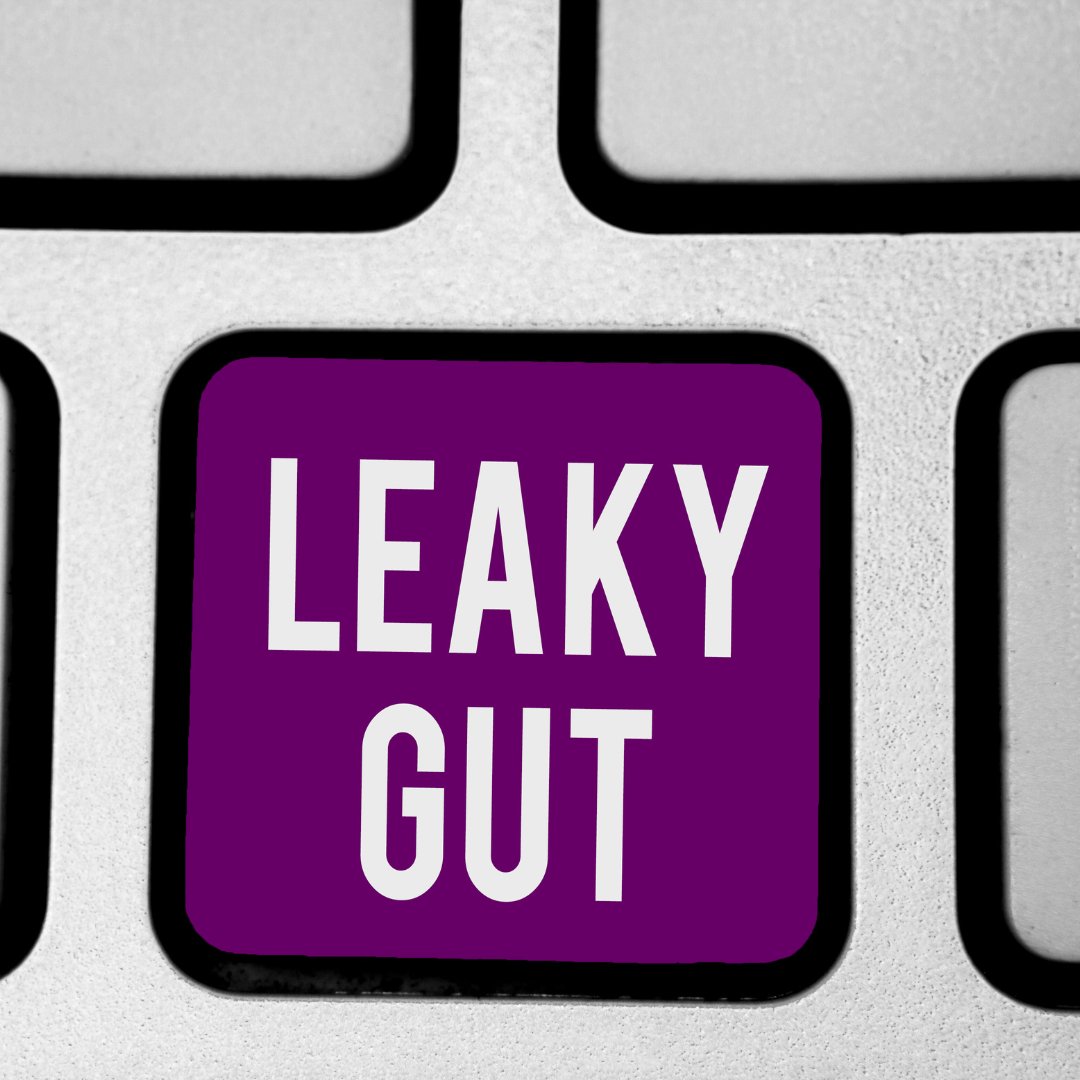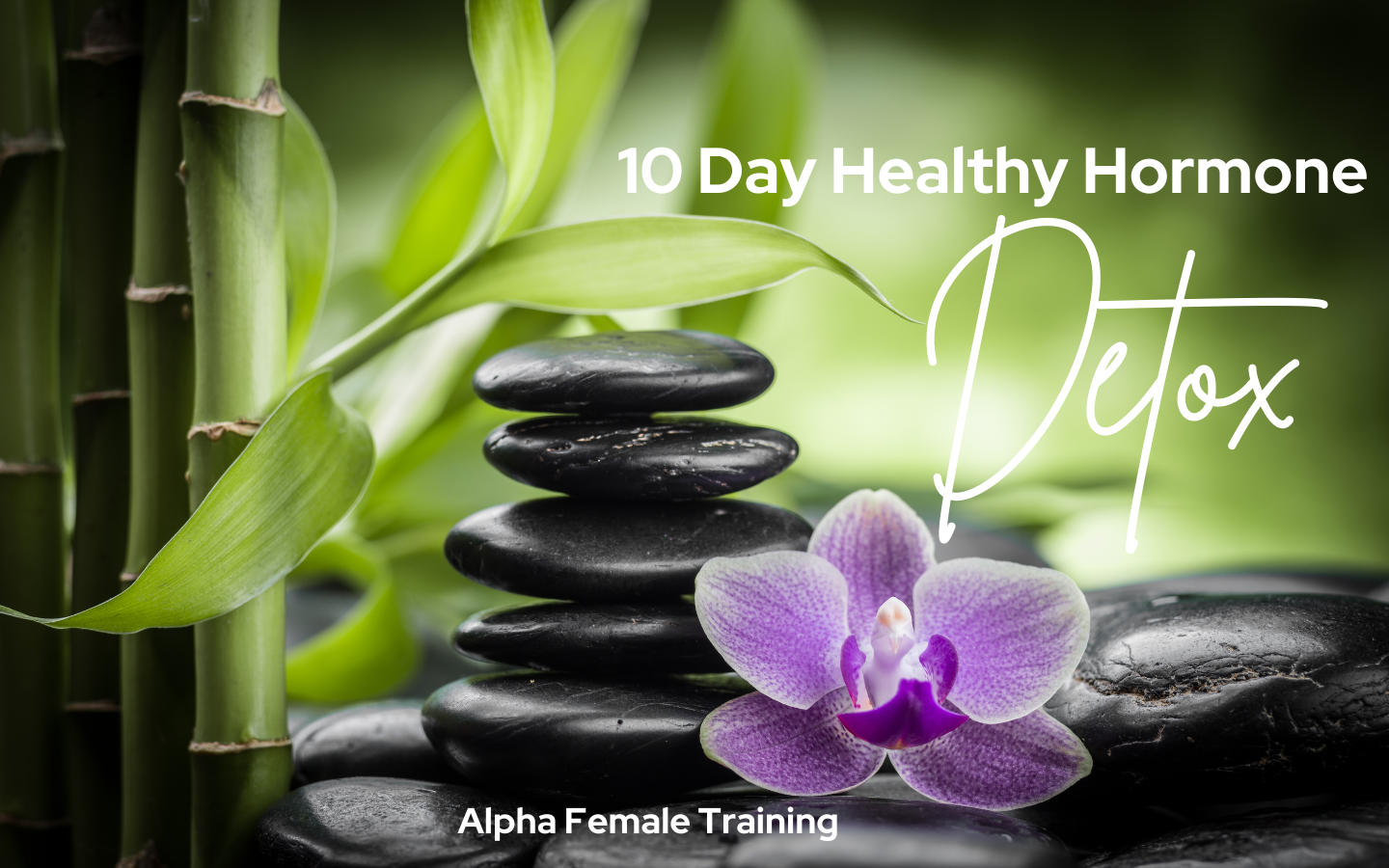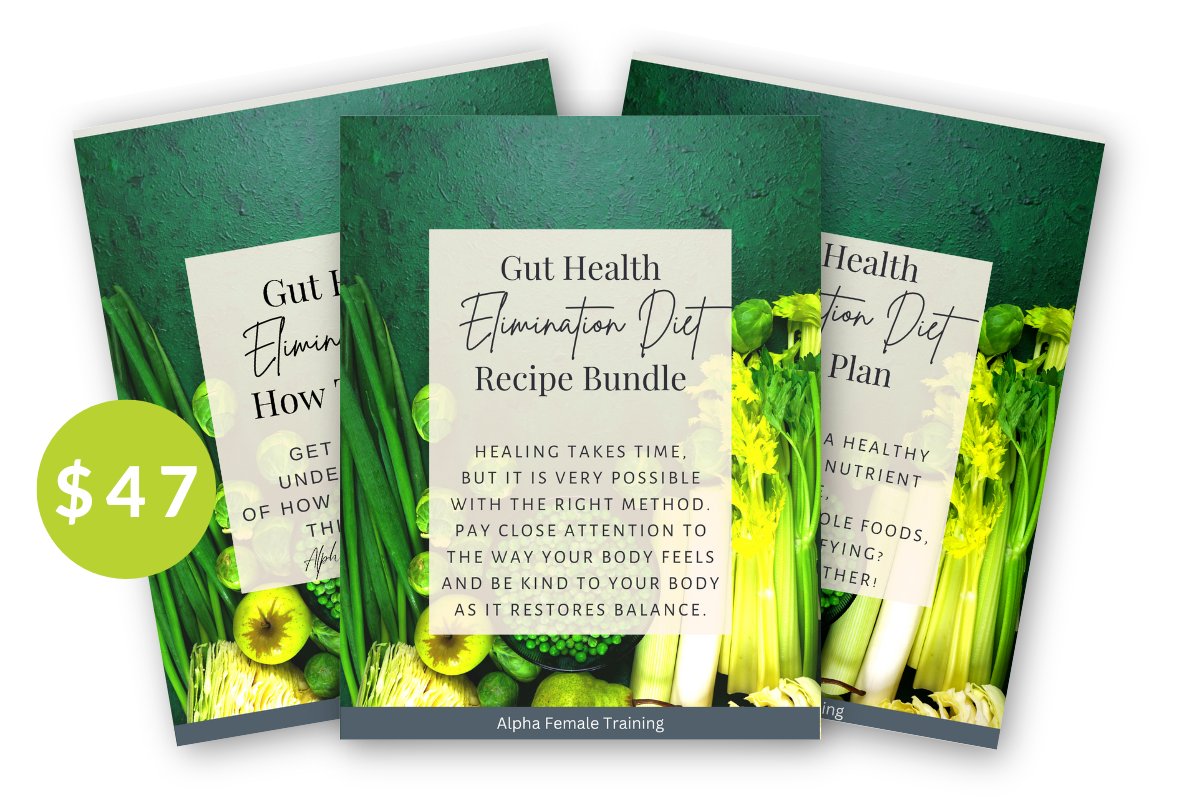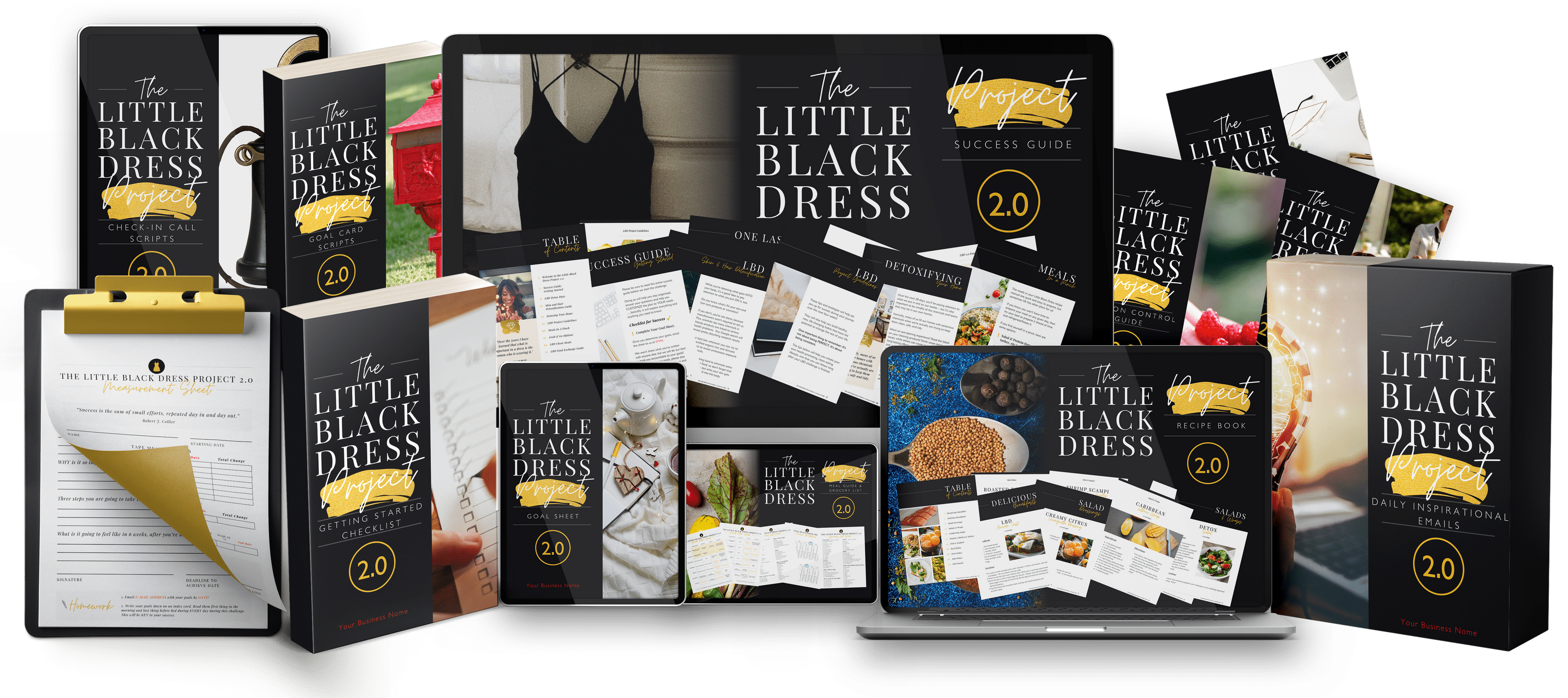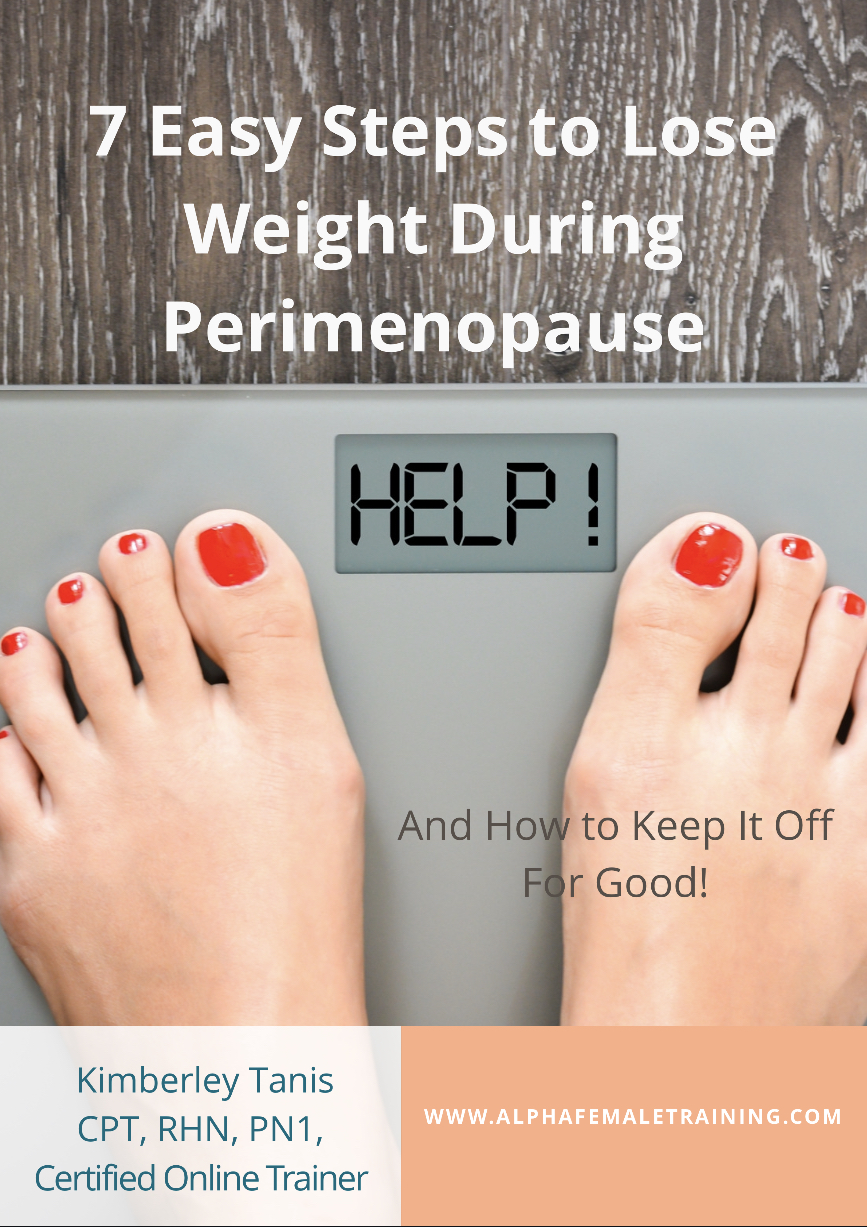Elimination Diet Pros and Cons
Hey there, lovely ladies over 40! Have you been experiencing some persistent symptoms that just won't go away and are wondering about the elimination diet pros and cons? Did you know that certain foods might be the culprit behind them? It's not just tummy troubles we're talking about here, but even things like headaches, joint pain, or eczema could be caused by foods that your body is sensitive to.
If you're curious about whether your symptoms are food-related, an elimination diet might be just the thing for you! It involves removing certain foods from your diet and gradually reintroducing them one by one to see if any trigger your symptoms.
While elimination diets can be a helpful tool, there are both pros and cons to consider. If you're interested in learning more, check out my article where I share all the details.
And as a bonus, I've also included my latest recipe that eliminates the most common allergens. It's so delicious, you won't even realize what's missing!
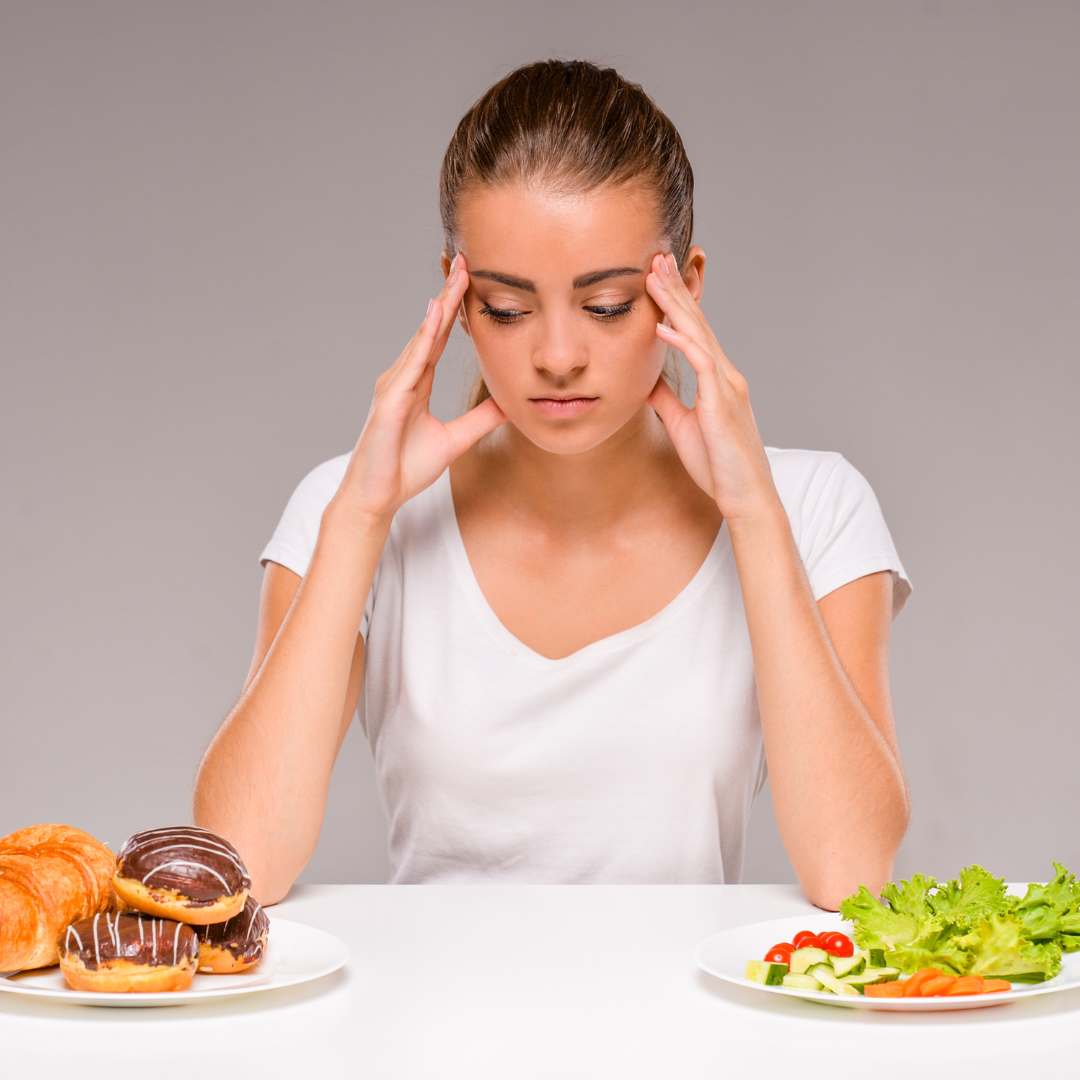
Food allergies, sensitivities and intolerances
Our digestive system plays a huge role in our overall health and well-being. However, because it's so complex, many things can go wrong and cause issues throughout our bodies. Food allergies, sensitivities, and intolerances can contribute to a wide range of symptoms such as autoimmune issues, inflammation, and even our moods. If you're experiencing unexplained symptoms or digestive issues, you might want to consider an elimination diet pros and cons.
An elimination diet is a strategic approach to pinpointing which foods might be causing your symptoms. You start by eliminating common food allergens for a few weeks and then gradually reintroduce them one at a time to see if you react to any of them.
Here are some pros and cons of this diet:
Pros:
- Can help identify specific foods that cause symptoms
- Can improve symptoms such as digestive issues, inflammation, and mood swings
- Encourages a focus on whole, nutrient-dense foods
- Provides a sense of control and empowerment over your health
Cons:
- Can be restrictive and difficult to follow, especially in social situations
- May lead to nutrient deficiencies if not properly planned and executed
- Can be time-consuming and require a lot of effort and planning
- May not work for everyone or uncover all food sensitivities
Overall, elimination diets can be a valuable tool for identifying specific foods that may be causing your symptoms. However, they do require careful planning and consideration of potential nutrient deficiencies. It's always a good idea to consult with a healthcare professional before starting any new diet or making significant changes to your eating habits.
One of the main benefits of elimination diets is that they allow you to tune into your body's reactions to certain foods and identify any sensitivities or intolerances that may have gone unnoticed. Seeing firsthand results can be very motivating and help you stick to eliminating certain foods from your diet.
Elimination diets can also be a less expensive and more reliable alternative to standard allergy testing.
Taking control of what you eat and learning about the compounds in food can be a very empowering experience. Trying out new recipes that exclude eliminated foods can also be exciting and enjoyable, especially for those who love grocery shopping, cooking from scratch, and trying new things. With a good plan in place, the process can be much easier.
Another advantage of elimination diets pros and cons is that they can be customized to meet individual needs and preferences. However, there are also some cons to consider:
- Elimination diets can be restrictive and challenging to follow, especially for those with limited food options or dietary restrictions.
- They may not work for everyone or uncover all food sensitivities.
- It's essential to ensure that the elimination diet is nutritionally balanced and not leading to any nutrient deficiencies.
Overall, elimination diets can be a useful tool for identifying food sensitivities and intolerances, and can be an exciting journey for those who love cooking and experimenting with new recipes. However, they do require careful planning and consideration to ensure they're effective and nutritionally sound.

While elimination diets can be an effective tool for identifying food sensitivities, it's important to keep in mind that you may not be able to uncover all of your sensitivities. To give yourself the best chance of success, your elimination plan should strategically focus on eliminating the most common food allergens.
However, elimination diets pros and cons can be complicated and require a significant commitment of 4-6 weeks or more, which can be challenging for some people. It also involves tracking all foods and symptoms daily, which may be unfamiliar territory for some.
Additionally, it's possible that you may discover that you're intolerant to one of your favorite foods or an entire group of foods, which can be disappointing and difficult to adjust to.
Eliminating certain foods can also be tough because it requires preparing all meals and snacks from scratch to avoid accidental ingestion of eliminated foods. Without careful planning, it's easy to slip up and have to start over again.
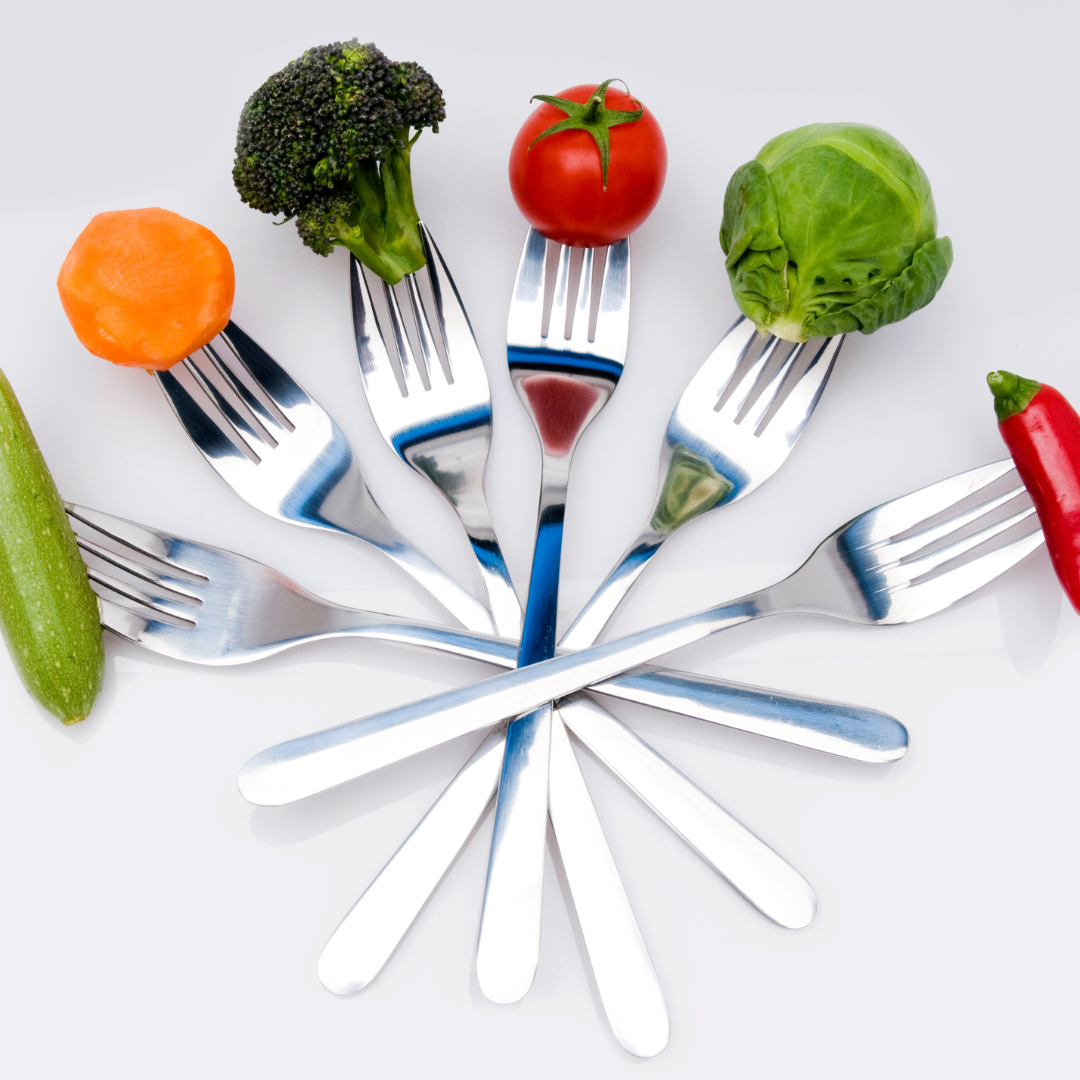
Elimination diet pros and cons - conclusion
Elimination diets pros and cons and can be a valuable tool in identifying food sensitivities, providing a sense of empowerment and customization. However, they can be challenging to stick to, and unfortunately, you may discover that you're sensitive to some of your favorite foods.
It's worth it to do the research on yourself however and you may find not only do you feel much better overall, you might find you have different food favorites and no more belly bloat and frustrating digestive symptoms. Taking the time to try this is a way to heal naturally even though there are elimination diet pros and cons.
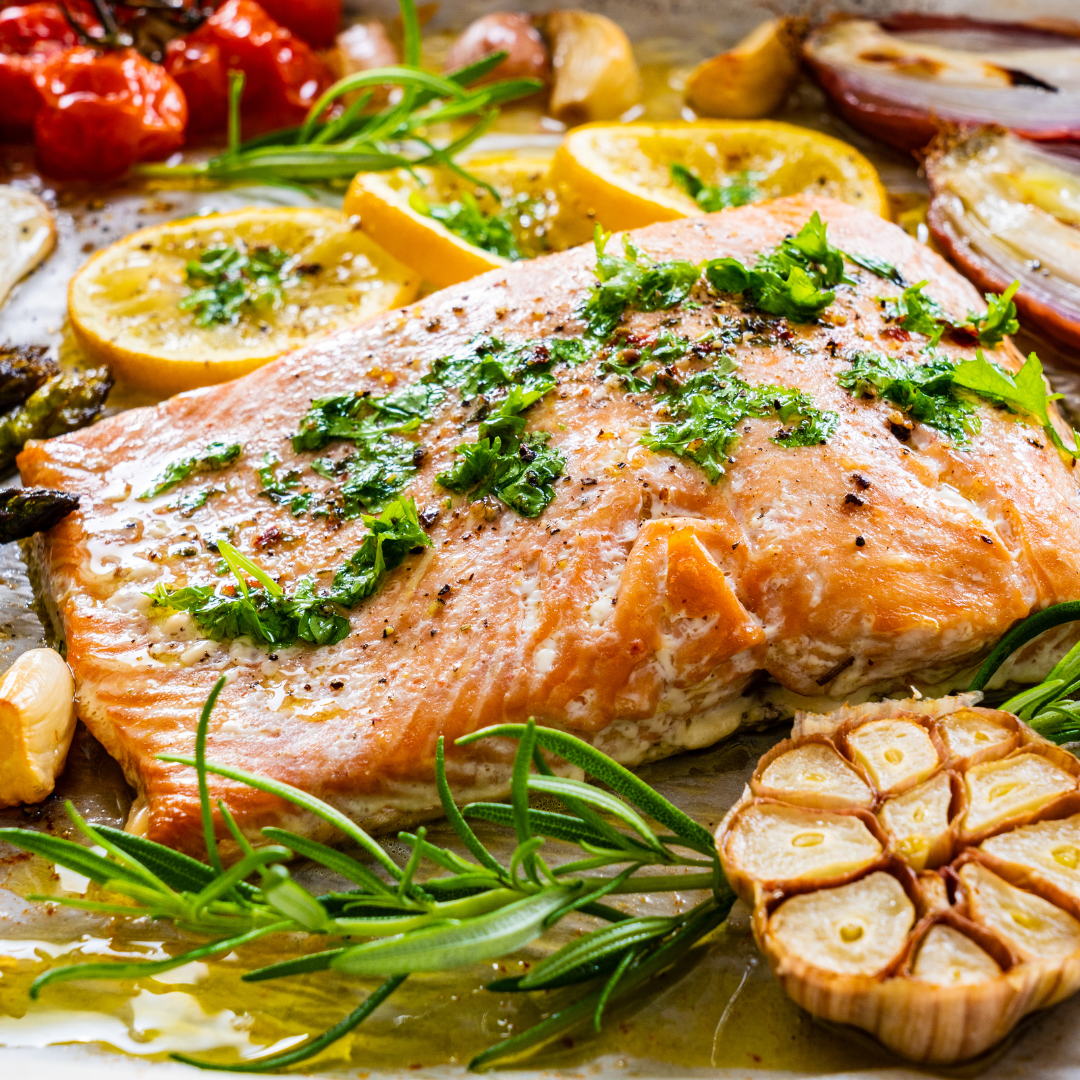
Recipe
(Elimination diet friendly): Steamed Salmon and Vegetables
Serves 2
2 medium zucchini, sliced thinly
½ pint mushrooms, sliced
2 tsp olive oil
4 tsp water
2 boneless, skinless salmon fillets, no more than 1 ¼ “ thick
½ clove garlic, diced
2 dashes salt & pepper
Instructions
Preheat oven to 450F.
Toss vegetables with olive oil.Tear two sheets of parchment paper and fold in half. Open the sheets and place half of the vegetables onto each sheet on one side of the fold.
Add 2 teaspoons of water and place a fillet on top. Top with garlic, salt, and pepper.
Fold the other half of each sheet over the fish, and tightly crimp the edges.
Put packets flat on a baking sheet and bake for 10-15 minutes.
Remove from oven and check to ensure fish flakes easily with a fork (be careful the steam is hot).
Open each pack and place onto plates.
Serve & enjoy!
Tip: You can mix up the vegetables or herbs, following your elimination diet protocol.
References:
https://www.precisionnutrition.com/elimination-diet
